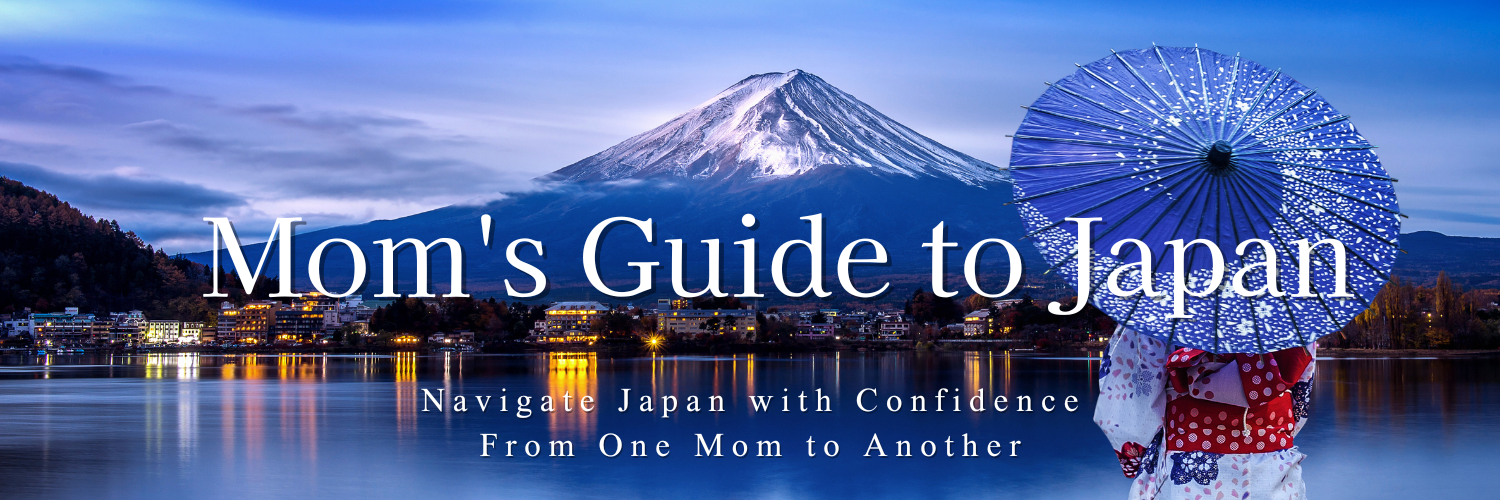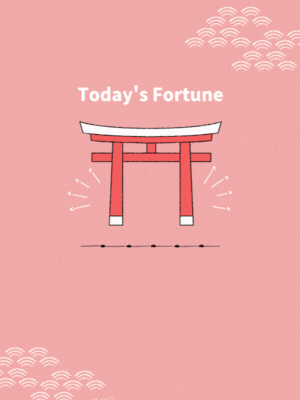Where Traditions and Seasons Create Japan’s Timeless Landscapes

The Tohoku region consists of six prefectures: Aomori, Iwate, Miyagi, Akita, Yamagata, and Fukushima.
Each prefecture has its own unique charm and abundant tourism resources, offering a variety of ways to enjoy nature, culture, cuisine, and more.
Aomori
Aomori combines dramatic natural scenery with vibrant cultural traditions.
The Nebuta Festival features massive illuminated floats paraded through streets with energetic dancing.
Lake Towada and Oirase Stream offer pristine natural beauty within volcanic landscapes.
The prefecture produces Japan’s finest apples and maintains traditional crafts like Tsugaru lacquerware.
The Shimokita Peninsula and UNESCO-listed Shirakami-Sanchi beech forest showcase untouched wilderness, while winter brings heavy snowfall and ski opportunities.
Iwate
Iwate balances spiritual heritage with rugged natural beauty.
The temples of Hiraizumi, a UNESCO World Heritage Site, preserve the glory of a 12th-century Buddhist paradise.
Geibikei Gorge offers boat rides through dramatic limestone cliffs. The prefecture maintains distinctive folk traditions, including wanko soba noodle culture and ironware craftsmanship.
The Sanriku Coast features a dramatically reconstructed shoreline with new memorial parks following the 2011 tsunami.
Miyagi
Miyagi connects urban sophistication with natural splendor.
Matsushima Bay, with its pine-covered islands, ranks among Japan’s three most scenic views.
Sendai city combines urban convenience with historical sites related to feudal lord Date Masamune.
The prefecture is known for gyutan (beef tongue) cuisine and hosts the spectacular Tanabata Festival with its colorful paper decorations.
The Naruko area maintains traditional kokeshi doll craftsmanship alongside healing hot springs.
Akita
Akita preserves some of Japan’s most authentic rural traditions.
The Namahage ritual, featuring demon-masked visitors on New Year’s Eve, represents one of Japan’s most distinctive folk traditions.
The samurai district of Kakunodate maintains perfectly preserved historic buildings and cherry tree alleys.
Natural attractions include the cobalt-blue caldera lake of Lake Tazawa and the beautiful Dakigaeri Gorge.
The prefecture is also home to the loyal Akita dog breed and rice cultivation producing some of Japan’s finest sake.
Yamagata
Yamagata offers spiritual mountain journeys and historical hot springs.
The “snow monsters” of Mount Zao create surreal winter landscapes when snow and ice encase mountain trees.
The sacred mountains of Dewa Sanzan connect to ancient mountain worship traditions.
Ginzan Onsen’s atmospheric hot spring town features Taisho-era wooden buildings along a river lit by gas lamps.
The prefecture produces excellent cherries, Yonezawa beef, and hosts unique community gatherings like the imoni (potato stew) festivals along riverbanks.
Fukushima
Fukushima showcases resilience through natural beauty and cultural preservation.
Bandai-Asahi and Oze National Parks offer volcanic landscapes, marshlands, and alpine hiking.
Historic Aizu region features Tsurugajo Castle and the Aizu Bukeyashiki samurai residence.
Traditional craft villages maintain techniques for lacquerware and distinctive local pottery.
The prefecture produces excellent peaches and sake, with numerous wineries and breweries welcoming visitors.
Coastal areas continue recovery and renewal following the 2011 disaster.
The appeal of the Tohoku region
The Tohoku region is an attractive area offering stunning nature, rich traditions, delicious regional cuisine, and authentic cultural experiences away from crowded tourist destinations.
The region showcases the beauty of all four seasons, from cherry blossoms and lush greenery to vibrant autumn colors and snow-covered winter landscapes.
Visitors can experience traditional Japanese hospitality at hot springs, historic ryokan inns, and through interaction with friendly locals who maintain Japan’s traditional way of life and customs.


